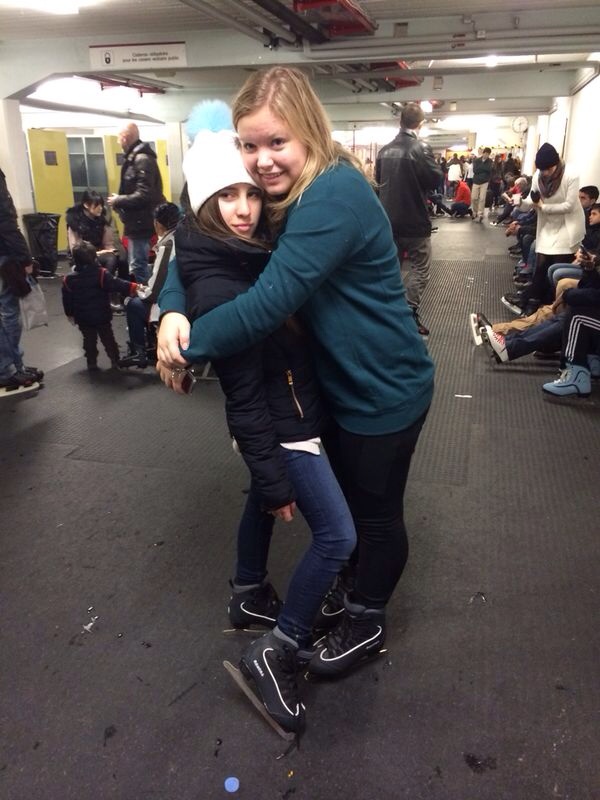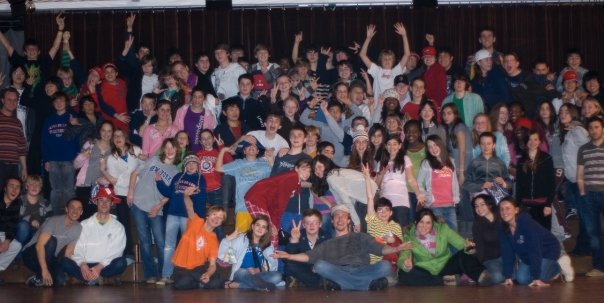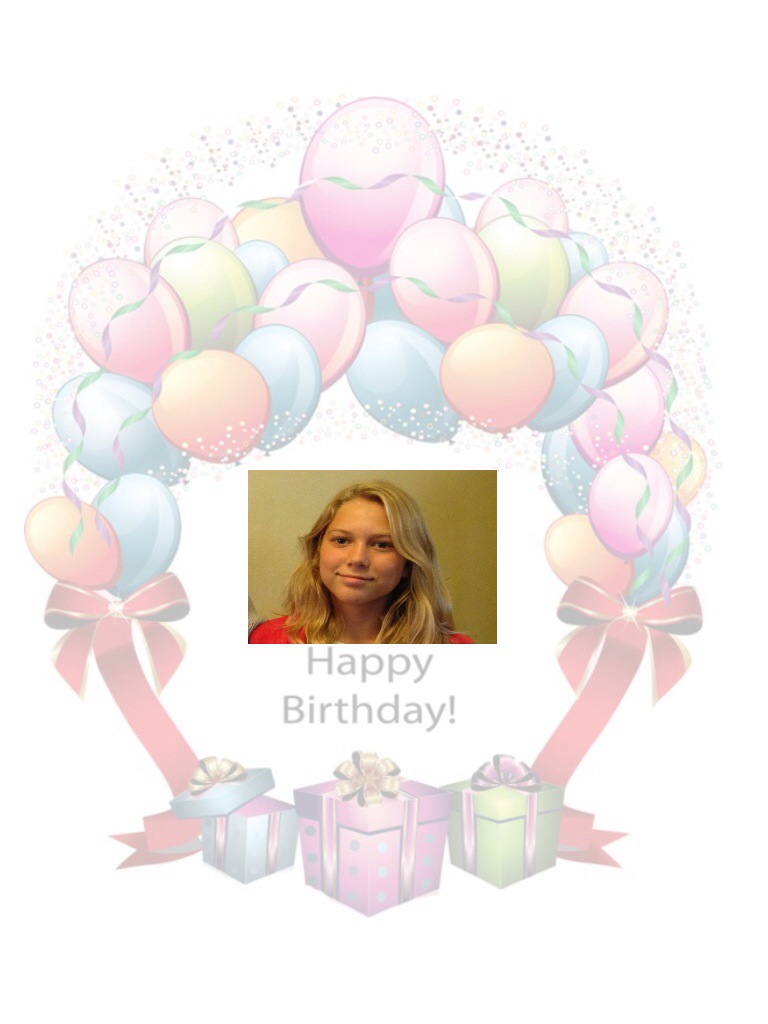
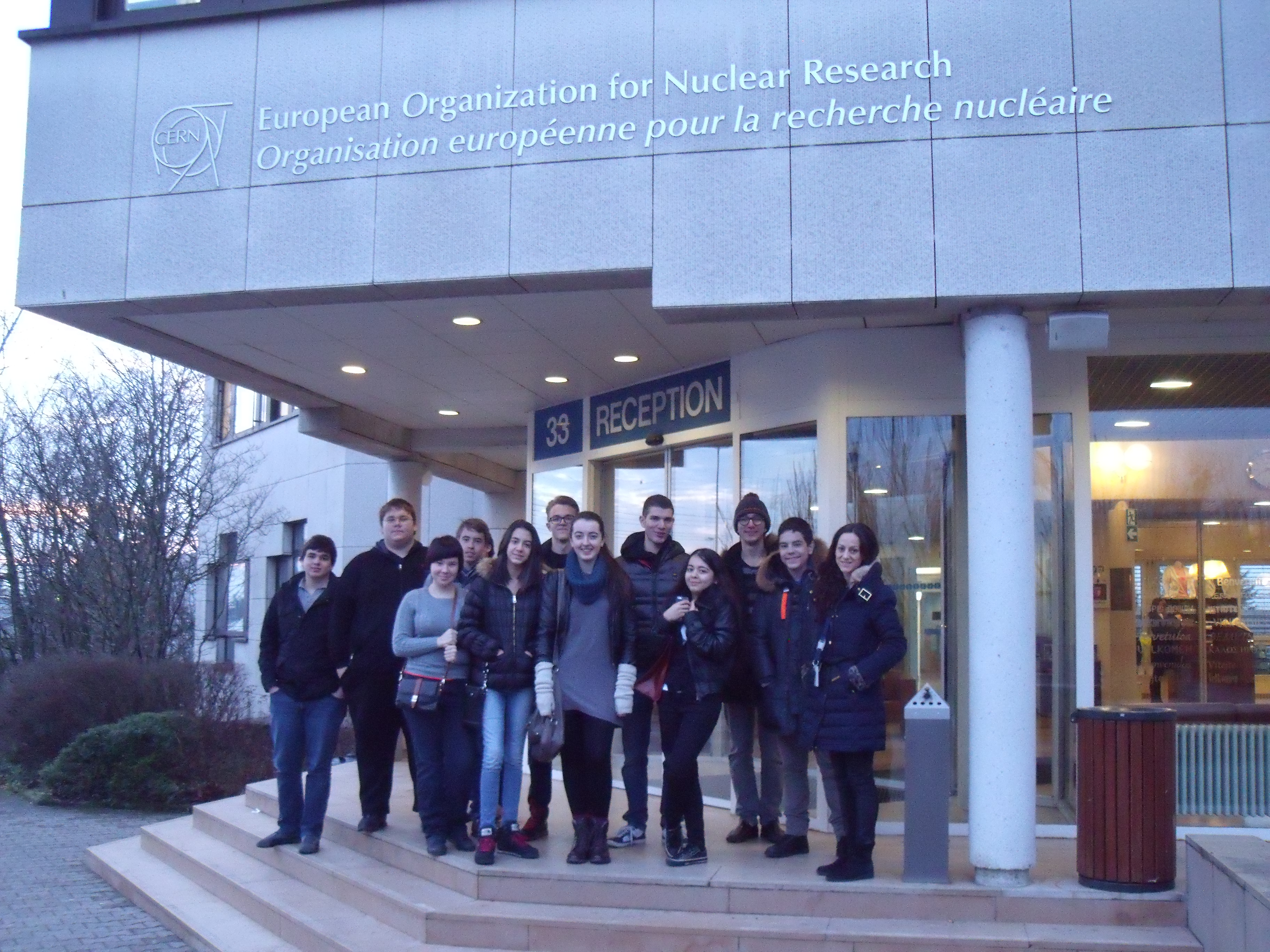
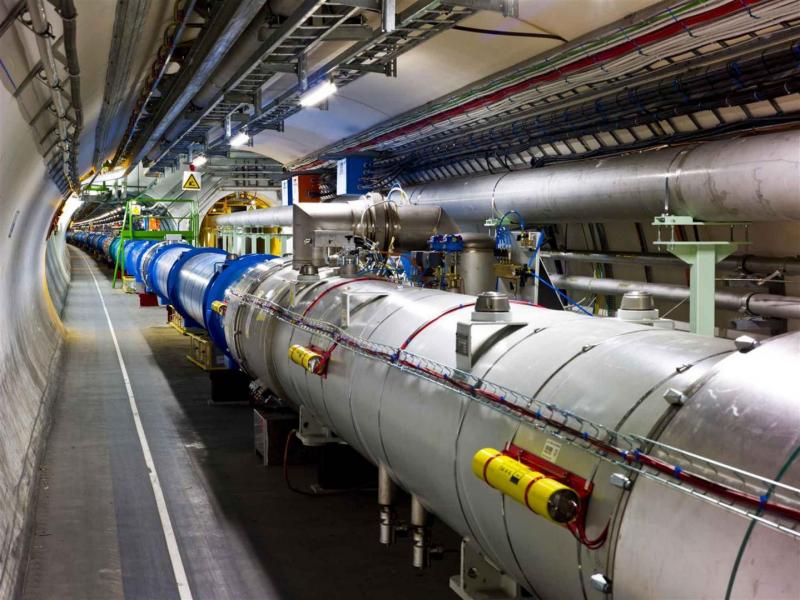
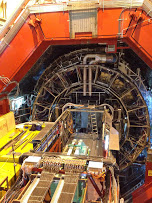
At CERN, the European Organization for Nuclear Research, physicists and engineers are probing the fundamental structure of the universe. They use the world’s largest and most complex scientific instruments to study the basic constituents of matter – the fundamental particles. The particles are made to collide together at close to the speed of light. The process gives the physicists clues about how the particles interact, and provides insights into the fundamental laws of nature.
The instruments used at CERN are purpose-built particle accelerators and detectors. Accelerators boost beams of particles to high energies before the beams are made to collide with each other or with stationary targets. Detectors observe and record the results of these collisions.
Founded in 1954, the CERN laboratory sits astride the Franco-Swiss border near Geneva. It was one of Europe’s first joint ventures and now has 20 member states.
The name CERN
The name CERN is derived from the acronym for the French “Conseil Européen pour la Recherche Nucléaire”, or European Council for Nuclear Research, a provisional body founded in 1952 with the mandate of establishing a world-class fundamental physics research organization in Europe. At that time, pure physics research concentrated on understanding the inside of the atom, hence the word “nuclear”.
Today, our understanding of matter goes much deeper than the nucleus, and CERN’s main area of research is particle physics – the study of the fundamental constituents of matter and the forces acting between them. Because of this, the laboratory operated by CERN is often referred to as the European Laboratory for Particle Physics.
The World Wide Web, invented at CERN in 1989 by British scientist Tim Berners-Lee, has grown to revolutionize communications worldwide
LHC experiments:Seven experiments at the Large Hadron Collider (LHC) use detectors to analyse the myriad of particles produced by collisions in the accelerator. These experiments are run by collaborations of scientists from institutes all over the world. Each experiment is distinct, and characterized by its detectors.
The biggest of these experiments, ATLAS and CMS, use general-purpose detectors to investigate the largest range of physics possible. Having two independently designed detectors is vital for cross-confirmation of any new discoveries made. ALICE and LHCb have detectors specialized for focussing on specific phenomena. These four detectors sit underground in huge caverns on the LHC ring.
The smallest experiments on the LHC are TOTEM and LHCf, which focus on “forward particles” – protons or heavy ions that brush past each other rather than meeting head on when the beams collide. TOTEM uses detectors positioned on either side of the CMS interaction point, while LHCf is made up of two detectors which sit along the LHC beamline, at 140 metres either side of the ATLAS collision point. MoEDAL uses detectors deployed near LHCb to search for a hypothetical particle called the magnetic monopole.
Non-LHC experiments:While the main focus of research at CERN has moved in recent years towards the LHC, experiments at other accelerators and facilities both on-site and off remain an important part of the laboratory’s activities.In “fixed-target” experiments, a beam of accelerated particles is directed at a solid, liquid or gas target, which itself can be part of the detection system. COMPASS, which looks at the structure of hadrons – particles made of quarks – uses beams from the Super Proton Synchrotron (SPS). NA61/SHINE studies the properties of hadrons in collisions of beam particles with fixed targets. NA62 uses protons from the SPS to study rare decays of kaons. DIRAC is investigating the strong force between quarks at the Proton Synchrotron (PS). The CLOUD experiment is investigating a possible link between cosmic rays and cloud formation. ACE, AEGIS, ALPHA, ASACUSA, and ATRAP all use antiprotons from the Antiproton Decelerator, while the CAST experiment is looking for hypothetical particles coming not from collisions at the accelerators but from the Sun.Experimental facilities at CERN include the Radioactive Ion Beam facility (ISOLDE) and the neutron time-of-flight facility (nTOF).This diverse research programme ensures that CERN covers a wide range of topics in physics, from kaons to cosmic rays, and from the Standard Model to supersymmety.

